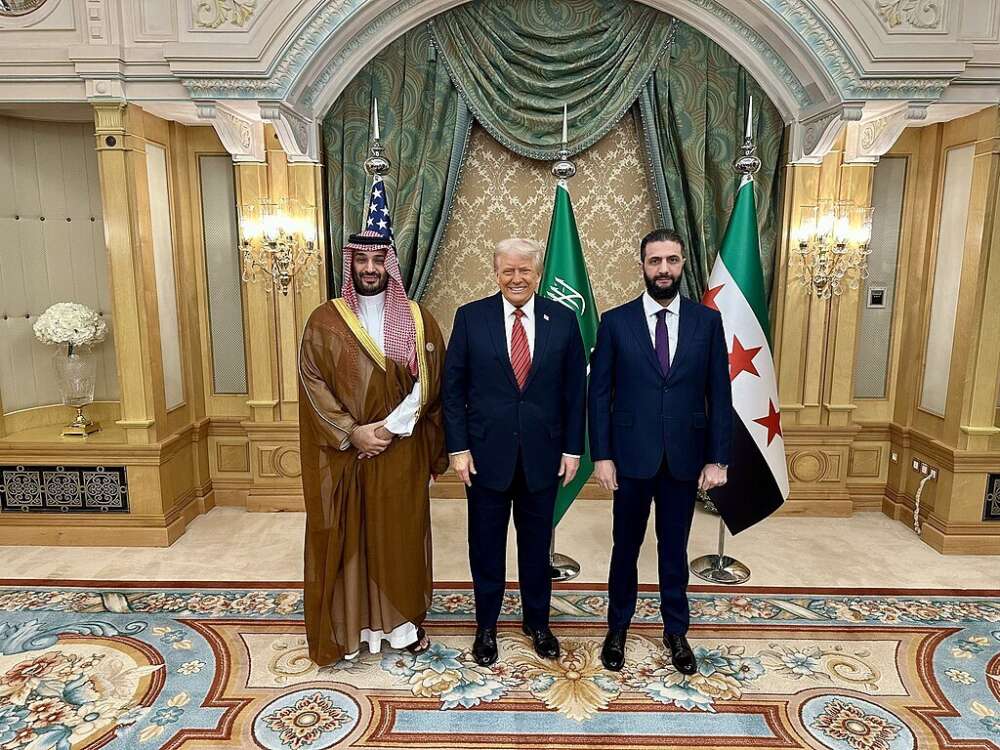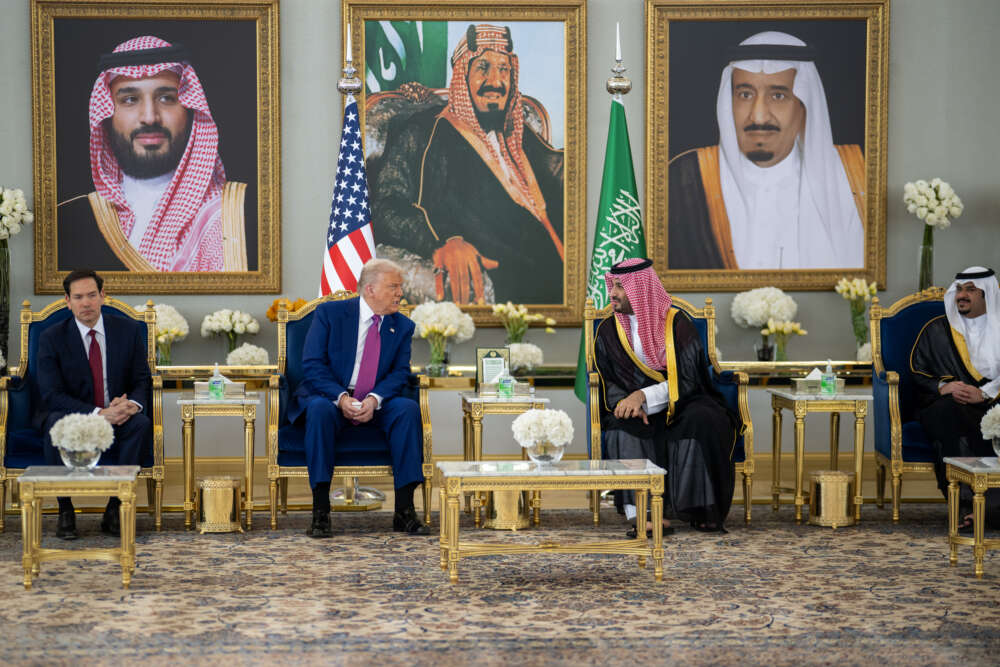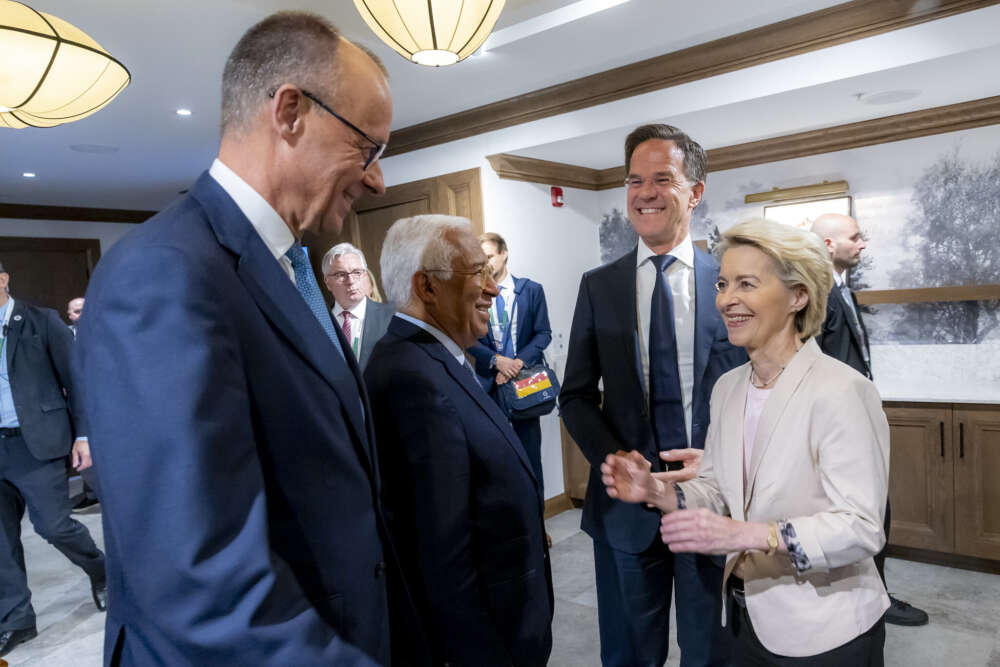What’s Left of Multilateralism?
Putting Six Hypotheses to the Test
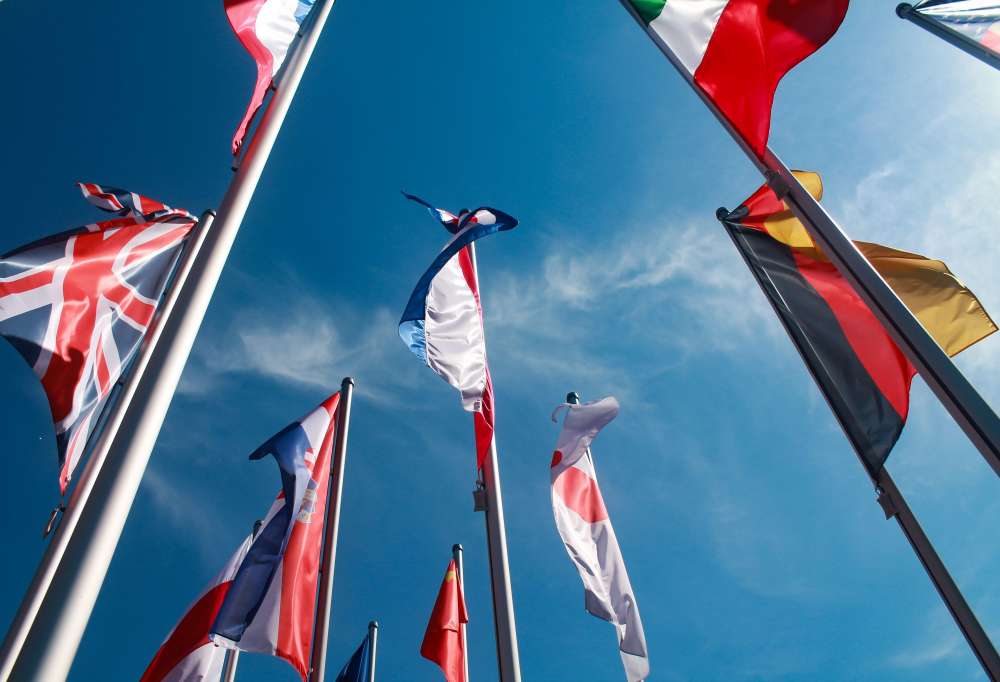
“We are witnessing the end of multilateralism.”
No, just the end of multilateral certainties. In mid-September, over 50 foreign ministers gathered in New York on the sidelines of the UN General Assembly for the official launch of the “Alliance for Multilateralism.” This strong response to the Franco-German initiative demonstrates that rising nationalism and growing geopolitical rivalries do not spell the end of the multilateral paradigm.
On the contrary: in a world in which major powers are using military and economic means of coercion in an increasingly direct way for their own geopolitical and geo-economic advantage, multilateralism is an indispensable antidote – for smaller states as well as middle powers like Germany. At the same time, advocates of this instrument are confronted with the end of multilateral certainties. Only ten years ago, speculations about a dissolution of NATO, the EU or the WTO would have triggered ridicule. Today, Germany can no longer be sure whether these key multilateral institutions will still exist in ten years’ time.
Until now, the United States was the main guarantor of the multilateral institutions. Without America’s support, the creation of the United Nations, of NATO, the WTO or the EU would have been inconceivable. And despite frequently resorting to exceptionalism (for example by making sure that the US is unaffected by the International Criminal Court), the US was an indispensable supporter of multilateral bodies. Now under President Donald Trump, the US is threatening these key institutions with a wrecking ball. But the survival of these organizations is not the only thing being called into question.
After the end of the Cold War, multilateralism was meant to be the core of a “new world order” beyond the great power rivalries. Today, it has become clear that such great power conflicts (especially between the US and China) are the central framework for multilateralism. And instead of quietly “socializing” into a world order shaped by the West, non-Western states are keen to influence multilateral rule-making. This not only applies to major powers like China, which is pursuing the parallel establishment of its own multilateral institutions like the Asian Infrastructure Investment Bank; also smaller, non-Western states no longer want to be merely the recipients of rules that were made by others.
Even in democracies, multilateral agreements are increasingly under attack in domestic politics. Nationalism and sovereigntism are haunting not only Trump’s America. Only recently, Australia’s Prime Minister Scott Morrison warnedagainst a “new variant of globalism that seeks to elevate global institutions above the authority of nation states to direct national policies.” Similarly, Hungary’s Prime Minister Orbán has been raging against the “Brussels Empire” as other right-wing nationalists have cried out against the UN’s migration pact.
In light of this new situation, it is no longer enough to conjure up the multilateral spirit and lash out against nationalism. However, this was exactly all that German Chancellor Angela Merkel did in her widely celebrated speech at the Munich Security Conference in February 2019. She invoked the “principle of multilateralism” as a “lesson that emerged from the Second World War and National Socialism, which was after all caused by Germany.” And she concluded by saying that “only all of us together” can provide answers to the enormous challenges that lie ahead.
However, the chancellor gave no answer as to how such cooperation should work in a world in which not everyone is willing to play along as nicely as had been the hope after the Cold War. The Alliance for Multilateralism pursued by German Foreign Minister Heiko Maas goes further than that. Maas has three goals for this initiative: First, he wants to defend international norms and agreements where they are violated or have come under pressure. Second, he wants to reform the existing architecture to make it more inclusive and effective. And third, he wants to push for multilateral agreements in areas that have not yet been regulated. None of these efforts is self-sustaining, but this triad offers a direction as to how multilateralism can be strengthened under difficult conditions in a pragmatic way.
“The alternative to multilateralism is unilateralism.”
Not necessarily. During her speech in Munich, the German chancellor said that it was better to “see whether one can achieve joint win-win solutions rather than to think that one can solve everything on one’s own.” Indeed, it is only natural to view unilateralism as the antithesis of multilateralism – and it is accurate in certain instances like the US sanctions policy. In this case, the US government is unilaterally pursuing sanctions (for example, against Iran) that have a direct effect on third-party states (such as the members of the EU).
However, it is in fact bilateralism that for many is the more attractive alternative to multilateralism. Great powers in particular stand to benefit from bilateralism because it allows them to fully make use of their superior power. This view constitutes the essence of US President Donald Trump’s approach. He wants to get out of multilateral agreements that keep the superpower trapped in “bad deals.” And he is banking on bilateral agreements, especially in the realm of trade policy. His most important bargaining chips are access to the US market and the threat of tariffs. Following this logic, Trump has renegotiated the terms of the North American Free Trade Agreement with Mexico and Canada and is currently trying to secure similar outcomes with China and the EU. The British government is also betting on bilateral trade agreements after Brexit, but has far less market power – a painful fact it has already felt in the negotiations that are going on.
China, on the other hand, is becoming more and more self-confident in leveraging the power of its huge market. In public discourse, representatives of the Chinese one-party state present themselves as multilateral model students. Xi’s poetry focuses on a “new type of international relations with win-win cooperation and the creation of a community for the shared future of mankind.”
Of course, the reality looks quite different. Xi’s flagship project, the Belt and Road Initiative, follows a purely bilateral logic. The participating states sign bilateral agreements with China and only meet with other participants for annual show events in Beijing.
Bilateralism rests on concrete individual agreements, on specific quid pro quos. Multilateralism, on the other hand, thrives on what political scientist Robert Keohane has called “diffuse reciprocity,” or the belief that the advantages and disadvantages of this modus operandi are balanced out over time – even if one’s own party is sometimes on the losing end.
The basis for diffuse reciprocity is that all participants submit to a set of principles they regard as universally valid. Within the framework of the World Trade Organization, this is the most-favored-nation principle, according to which trade advantages must be granted to all contracting parties. If there is no trust that advantages and disadvantages will eventually balance each other out, the basis of multilateralism crumbles.
“We must defend the liberal international order.”
Which order? For many, multilateralism is indeed about defending the “liberal international order,” a term that US researcher John Ikenberry coined in the 1990s. Many of today’s politicians in the West also use the phrase, but it is misleading. For some time after 1989, the West was able to indulge in the illusion that such an order could actually be established on a global level. Today we know that this was a pipe dream. A modern China and Russia will not confine themselves into such an architecture any more than the Soviet Union was part of a “liberal international order” during the Cold War.
Champions of the concept tend to forget that the liberal international order during the Cold War was very much a bounded order. NATO, GATT, the OECD, the G7 and company were reserved for the Western club, while the Eastern bloc relied on its own institutions (such as the Warsaw Pact and COMECON). In addition, there were global multilateral institutions like the UN in which states struggled for order amid fierce competition.
Today, a realistic view equally presumes various different circles of multilateral order. One circle encompasses the cooperation among liberal democracies. Others involve the multilateral cooperation with non-democracies or states that are not market economies. On the one hand, this cooperation takes place competitively within the framework of the United Nations – a forum with universal membership. On the other hand, it involves cooperating on global common goods such as combating pandemics or tackling the climate crisis.
When it comes to these genuinely global problems, it makes little sense to differentiate between states according to their domestic set-up. Liberal democracies and market economies will have to work with authoritarian, state-capitalist regimes if they want to address these issues.
The situation becomes difficult when there is no compelling need for cooperation. The current problems of the World Trade Organization, for example, are largely due to the fact that the institution was created for cooperation between market economies – and for their interaction with weaker developing countries. However, the WTO was not designed for the membership of a large and economically strong authoritarian state-capitalist country like China. The remaining states (especially the US, but increasingly also the EU) lack the belief in the “diffuse reciprocity” of dealing with China within the WTO framework.
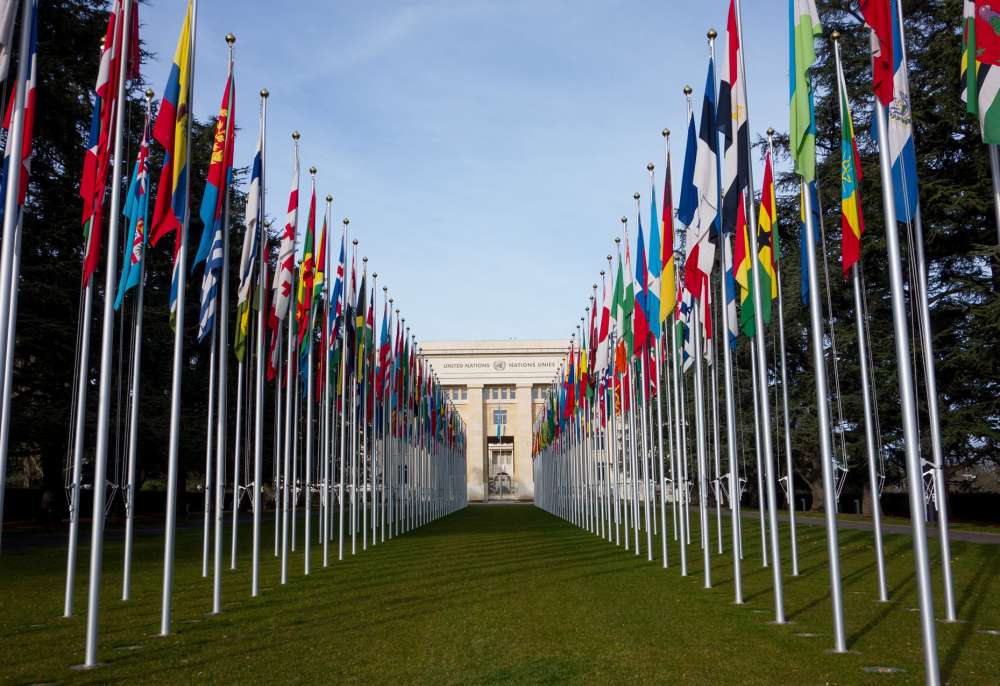
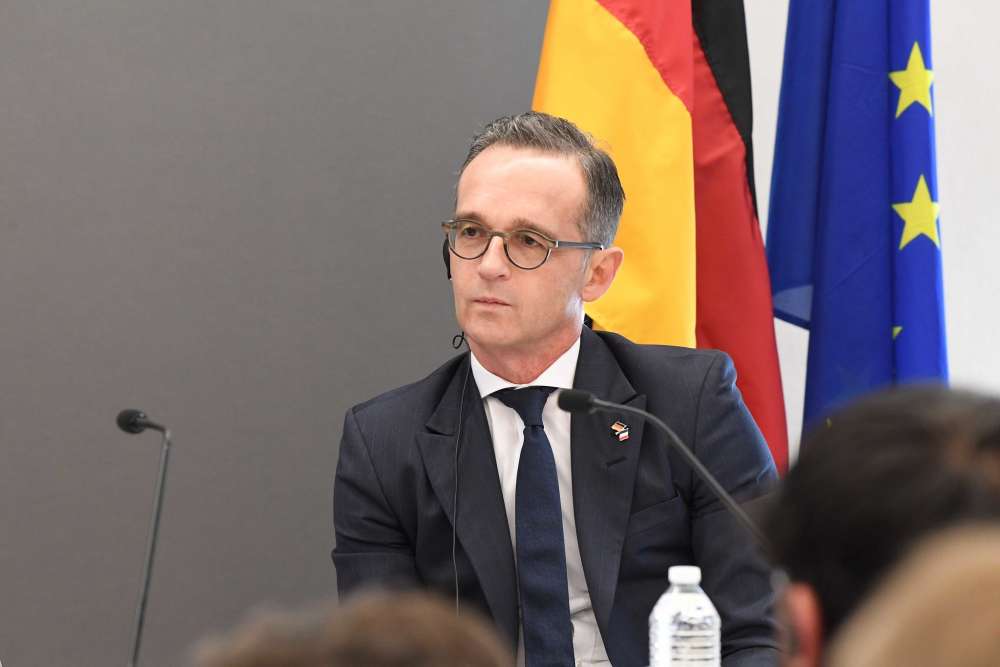
“Interdependence leads to cooperation.”
Not necessarily. In his 1910 book The Great Illusion, British author Norman Agnell claimed that mutual economic dependence guarantees peace. To this day, variations of the argument that interdependence guarantees cooperation – and with it security and peace – have many supporters.
For example, political scientist Annegret Bendiek opposesthe EU’s aspiration for autonomy – and instead supports the idea of “strategic interdependence” for a Europe situated in a world of growing geopolitical and geo-economic tensions – based on the argument that such interdependence enables “cooperative problem management” (i.e., multilateralism) and recognizes “the complexity of reality under the conditions of globalization and digitization.” For Bendiek, security is “the result of a complex process of integration in the areas of trade, development, climate, digitization, or migration” – and she finds good reasons to believe that the formula of European integration can also be applied “to the creation of security in a global context.”
If only that were the case, but there are some big question marks behind these assumptions. The notion of the “conditions of globalization and digitization” overlooks the fact that there are differences between varying areas of interdependence. There are challenges, such as climate change or pandemics, where interdependence results from the very nature of the problem and is not an intentional decision taken by the states or actors involved.
However, most other forms of interdependence “under the conditions of globalization and digitization” are functions of conscious choices in favor of economic and technological interconnectedness. Here we can ask: does interdependence really always promote cooperation? In concrete terms: does Europe’s use of Chinese 5G technology lead to more cooperation with China? Or does this only feed mistrust? In addition, interdependence is rarely perfectly symmetrical. In fact, states will often use asymmetries in dependencies as a means of exerting pressure to favor their own political interests. US political scientists Abraham Newman and Henry Farrell have called this phenomenon “weaponized interdependence.”
Germany and the EU would do well to examine where they can effectively reduce their interconnectedness, dependencies and vulnerabilities. This is the core of all the rhetoric about strategic autonomy. However – and unlike Bendiek suggests– this is precisely not a revival of Carl Schmitt’s “classic friend versus foe thinking.” On the contrary, we should ramp up investments in confidence-building measures and arms control mechanisms. Strategic autonomy simply means letting go of the great illusion that economic and technological interdependence are always conducive to cooperation.
“An Alliance for Multilateralism can help stop the decline.”
Yes. The Alliance for Multilateralism, which both Germany and France are championing, is not an alliance with permanent membership, statutes and committees. Rather, it is a flexible network that can act as a catalyst for multilateral problem-solving in different configurations. It is not a club of liberal democracies, but also open to non-democracies, depending on the topic.
German Foreign Minister Heiko Maas wants to mobilize as many “staunch multilateralists” as possible, especially among states that do not see themselves as part of the West. To bolster their credibility when reaching out to these countries, Germany and Europe should demonstrate their willingness to renounce the traditional privileges they enjoy in certain multilateral institutions.
Just this year, Europe missed an important opportunity to do so. When Christine Lagarde’s move to the European Central Bank in July left the IMF’s top job vacant, France and Germany were quick to assert that the IMF would again be led by a European.
For her part, German Chancellor Merkel swiftly declared “that it is a European aspiration to once again appoint the managing director of the IMF.” She proved ready and willing to stand behind her claim and make it happen: “The world has changed, and that is why we will have to fight for it.” In the end, Europe got its way – the Bulgarian Kristalina Georgieva was elected to fill the IMF’s top post. But the price will be high. By holding on to the IMF’s executive chair, Europe sent a fatal message to countries like Argentina, Mexico or South Africa: Europeans want to hold on to their privileges as long as possible, and they will fiercely defend them.
At the same time, the initiators of the Alliance for Multilateralism should take their self-imposed goal of defending international rules where they are violated or put under pressure very seriously. If China takes Canadian citizens hostage to exert pressure (as happened to Michael Spavor and Michael Kovrig, who have been arbitrarily detained in Beijing since last December), the democratic core members of the Alliance for Multilateralism must stand together. However, this does not contradict the need to work with China on other issues such as climate change, humanitarian aid or arms control, and to do so within the framework of the Alliance.
There is another important point in all of this: strengthening multilateralism starts at home. According to a recent survey by the German Körber Foundation, only few Germans are familiar with the term ‘multilateralism’. Meanwhile, almost half of the population believes that Germany has lost control over its own ability to shape policies as a result of globalization. The discussion about the UN migration pact has shown how easily populists can exploit this, making it all the more important to invest in efforts of public persuasion on how multilateral cooperation can strengthen states’ capacity to act.
“If Trump is not re-elected, we return to the multilateral status quo ante in 2020.”
Wouldn’t that be nice. The comforting rhetoric of well-known figures like Joe Biden is feeding hope among European allies that an election loss for Trump next year would mean a return to familiar multilateral ground. A Democrat in the White House would certainly provide Germany and Europe with an opportunity to approach the next US government with concrete reform proposals to strengthen multilateralism. For example, the US has consistently delayed a reform of the IMF’s quota system, which does not reflect global shifts in economic power. This initiative could be back on the table. Similarly, there is the question how the US and Europe can work on a common WTO position regarding the challenges posed by China’s authoritarian state capitalism or on new arms control initiatives.
But even with a new person in the Oval Office, there will be no return to the status quo ante. In the decades following the end of the Cold War, Germany had to invest few of its own resources to become one of the biggest profiteers of an open world economic order – and the security risks were manageable. This situation will not recur.
Even after Trump, illiberal-nationalist forces in the West will continue to chip away at the liberal order’s core from within. Not only will this be a stretch test for multilateral organizations like the EU and NATO – it will also continue to influence the multilateral policies of crucial Western states. French President Macron’s opposition to major multilateral trade agreements – such as Mercosur – is a function of these upheavals. To a good degree, this stance is owed to the fear of domestic instrumentalization by right-wing and left-wing populists.
At the same time, tensions between the West and authoritarian states like China and Russia will continue. Multilateralism in global forums such as the UN will become more and more contested due to ideological clashes on issues beyond human rights.
German and European diplomacy must become more effective to be able to forge alliances and prevail in this competition; the same is true for NGOs and companies. In addition, the Franco-German Alliance for Multilateralism must work to ensure that the UN Secretariat has reliable financing and is not paralyzed by contributors who drag their feet on paying their share (as was the case this fall). Germany and Europe will also have to adapt to much more difficult conditions for multilateralism on all levels. On the one hand, this means intensifying the efforts of the Alliance for Multilateralism or making new attempts in difficult areas such as arms control. On the other hand, success will also depend on better planning for contingencies to develop a sense of how Germany and Europe can survive possible shocks to the multilateral order.
At the beginning of this year, Uri Dadasch and Guntram Wolff of the Brussels-based institute Bruegel published a study on a World Without the WTO. They explicitly did not do so to promote such a world, but to help us better prepare for the worst – and to make us more aware of what we need to throw into the balance to prevent it.
We need many more of these exercises, also in other areas.
A German version of this commentary was originally published in the November/December 2019 edition of Internationale Politik.





